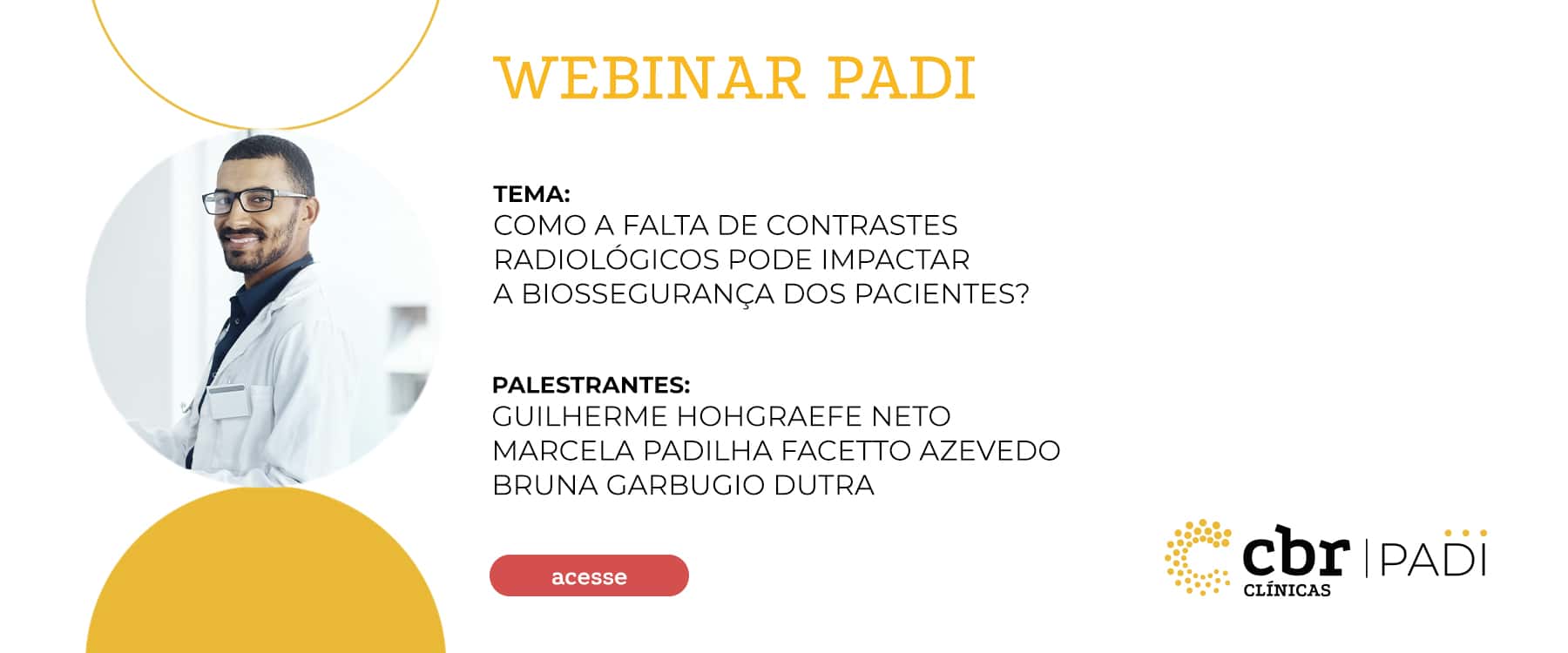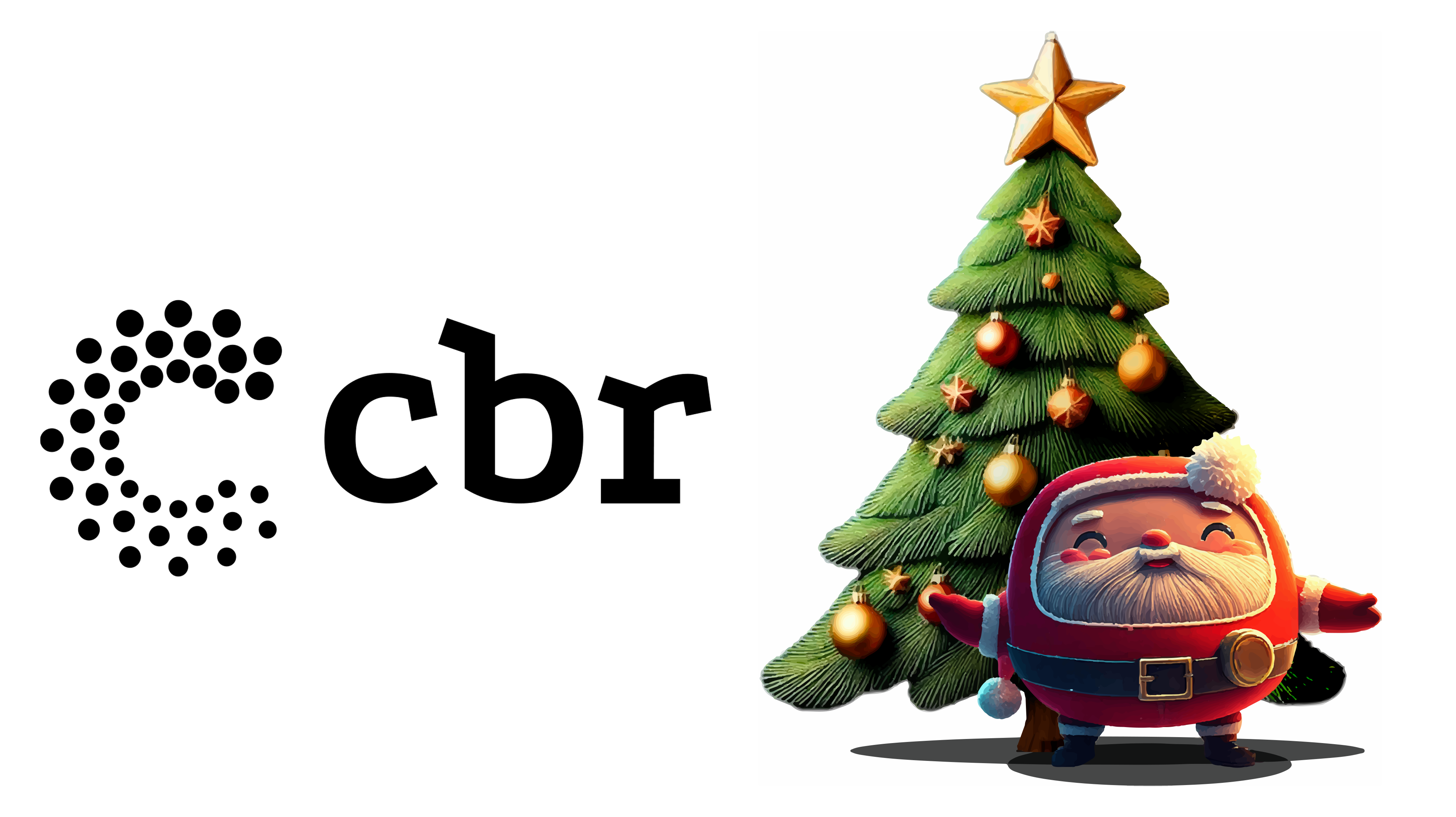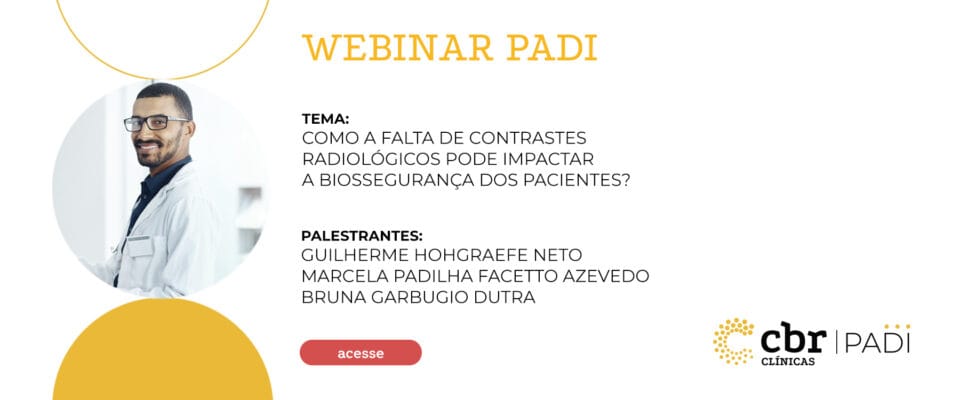“How can the lack of radiological contrasts impact the biosafety of patients?”: this was the theme of the webinar promoted by the Accreditation Program in Diagnostic Imaging (PADI), of the Brazilian College of Radiology and Diagnostic Imaging (CBR), on 16 of August. The online seminar can be viewed in full at official channel of CBR on YouTube.

“The lack of contrasts generates some difficulties in imaging services and doubts arise that we try to answer, which we hope can help in the routine of all services”, said Dr. Guilherme Hohgraefe Neto, one of the speakers, specialist in Radiology and Diagnostic Imaging, full member of the CBR and of the Commission for Accreditation in Diagnostic Imaging (Cadi) of the College.
The current shortage of contrast affects several countries and is mainly a reflection of the temporary suspension, which began in April, of production in one of the main factories in the world, in China, due to lockdown in the face of the covid-19 pandemic. Production resumed partially in May and fully in June, but distribution has not yet returned to normal.
Faced with the lack of input, the Ministry of Health issued a note with recommendations for rationalization in Magnetic Resonance, Computed Tomography and Nuclear Medicine. Among them, prioritizing procedures in higher risk patients and in urgent and emergency clinical conditions and considering the use of alternative diagnostic methods, when possible.
The webinar also featured lectures by Marcela Padilha Facetto Azevedo, a nurse with a doctorate from EERP-USP, coordinator of Product Development and Clinical Support at Alko do Brasil and professor, in 2021 and 2022, of the online course Radiology and Biosafety in the area of health: challenges in clinical practice by FMRP-USP; and Dr. Bruna Garbugio Dutra, Neuroradiologist from the Neuroimaging Group at Santa Casa de Misericórdia de São Paulo and Grupo Fleury.
reuse
One of the topics covered in the Padi Webinar was the possible reuse of contrast. “One of the questions that always comes up is: 'I have two or three CT scanners in my service and, at the end of the day, I find that one has 20 ml of contrast in a syringe of the injection pump, the other has another 30 ml of contrast … Can I mix these products for a third dose of contrast that includes a patient weighing 70 or 80 kilos?”, exemplified Hohgraefe Neto.
Marcela Padilha Facetto Azevedo explained: “If it's the same brand, the same product, the same molecule, can we mix it? Yes. However, if they are from different batches, we have to note in the patient's file that I administered the same contrasts, the same concentrations, but from different batches, because if there is an adverse reaction in the patient, it is necessary to trace this contrast”.
She also pointed out that two contrasts of different concentrations should not be mixed for reuse, even if they are from the same brand. The negative also applies to mixing two contrasts from different brands, even with the same concentration. "There can be incompatibility between two different drugs," he explained. Marcela Azevedo also highlighted that Norma Padi provides recommendations on contrast traceability.
Dilution or dose reduction
Dr. Bruna Garbugio Dutra spoke about the possible dilution of contrast. “It is a strategy that is being recommended, some services are using it, but it always has to be done with caution. Care must be taken not to reduce the quality of the examination”, he evaluated. A poor quality exam may end up unusable. “And then you will have to call the patient again, inject again, use more contrast than you would have used before”, he pointed out.
In addition, she stated that dilution with saline solution increases the risk of patient contamination. “An alternative would be to use a closed injection system, where the contrast would be injected together with the serum. There are injectors that have this capability”.
Dr. Bruna Garbugio Dutra also addressed the possible dose reduction. “A strategy that can be used more easily than dilution is dose reduction based on the patient's weight. There are lean mass weight calculations that are possible to do”.
The specialists also clarified a series of questions from the participants on topics such as contrast storage after opening, among others. Watch the webinar in full at official channel of CBR on YouTube.




